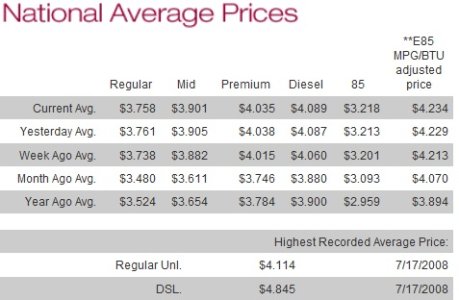RealMoneyIssues
TSP Legend
- Reaction score
- 101
It seems that the Grid can't keep up, how about in the reverse, do you think it can keep up with demand? NOT!
Wind farms in Pacific Northwest paid to not produce
By Dan Springer
Published March 07, 2012
| FoxNews.com
Wind farms in the Pacific Northwest -- built with government subsidies and maintained with tax credits for every megawatt produced -- are now getting paid to shut down as the federal agency charged with managing the region's electricity grid says there's an oversupply of renewable power at certain times of the year.
The problem arose during the late spring and early summer last year. Rapid snow melt filled the Columbia River Basin. The water rushed through the 31 dams run by the Portland, Ore.-based Bonneville Power Administration allowing for peak hydropower generation. At the very same time, the wind howled leading to maximum wind power production.
Demand could not keep up with supply, so BPA shut down the wind farms for nearly 200 hours over 38 days.
"It's the one system in the world where in real time, moment to moment, you have to produce as much energy as is being consumed," BPA spokesman Doug Johnson said of the renewable energy.
Read more: Wind Farms In Pacific Northwest Paid To Not Produce | Fox News
I think we need bigger rechargeable batteries... spend the money on them instead of paying the utility to not generate... oh, heck, who knows




